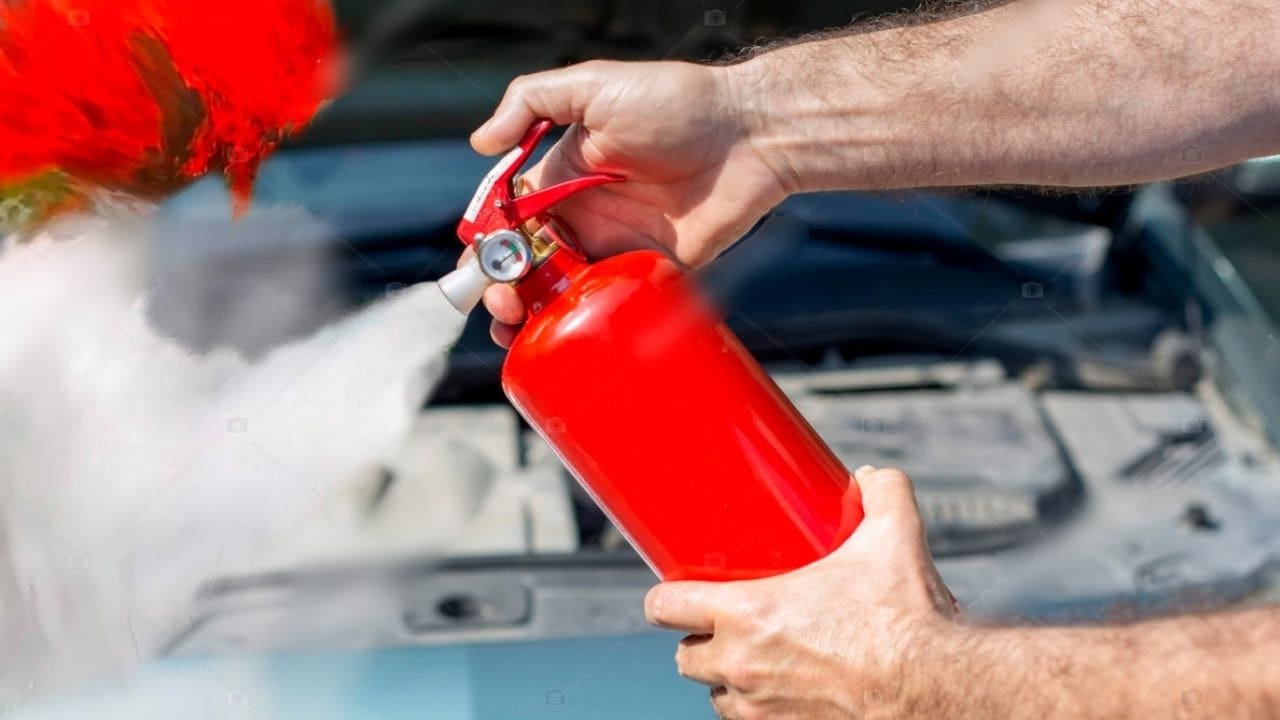1. Smart, Connected Fire Extinguishers
One of the biggest innovations is making extinguishers “smart.” IoT‑enabled systems allow extinguishers to monitor their own status, health, and readiness in real time. They can report pressure loss, expiration dates, temperature extremes, or mechanical faults. This technology promises proactive maintenance rather than reactive checks.
Remote dashboards or facility management systems can centralize this data. Safety teams can receive alerts when an extinguisher needs servicing, reducing the risk of a device failing when needed. In short, smart monitoring bridges the gap between device readiness and prompt Fire Extinguishers Service.
2. Predictive & Condition-Based Service Models
Traditionally, extinguishers are serviced on a fixed schedule (semi-annual, annual). While that ensures regular checks, it doesn’t account for actual device condition. The future lies in predictive maintenance: servicing an extinguisher when sensors detect pressure drift, corrosion, or environmental stress.3. New Suppression Agents & Hybrid Technologies
Chemistry and material science are giving us new extinguishing agents that are more effective, safer, and more environmentally friendly than older formulas.
- Condensed aerosol suppression: These systems generate ultra-fine particles that disrupt the combustion reaction without requiring large tanks of chemical or gas.
- Nanomaterial-enhanced agents: Using nanotechnology, manufacturers are boosting extinguishing efficiency with smaller quantities of agent.
- Clean agents and eco-friendly foams: Agents that leave no residue and have minimal environmental impact are gaining traction in sensitive environments like data centers or labs.
These innovations might allow extinguishers to be safer in confined spaces or rooms with electronics, while still offering fast and robust suppression.
4. Advanced Discharge & Delivery Mechanisms
Better mechanisms of discharging the agent are also emerging:
- Fast-flow or high-performance models that accelerate agent deployment to suppress fires more quickly.
- Cutting extinguishers combine water spray with abrasive cutting to penetrate surfaces and then suppress hidden fire behind walls.
- Electromagnetic or acoustic suppression: Experimental research suggests that electric fields or sound waves might help modulate or disrupt flames.
While some of these remain in research phases, they point toward dramatic shifts in how we think about extinguishing fires.
5. Lightweight, Portable & User-Friendly Designs
Modern materials and engineering allow for lighter cylinders and ergonomic designs. These make extinguishers easier to deploy in emergencies by users who may not be physically strong. Some models also combine modular or interchangeable canisters to reduce waste and maintenance complexity. Such improvements reduce friction (both literally and figuratively) when someone needs to act quickly in a fire situation.6. Enhanced Safety & Redundancy Features
Future units may include built-in fail-safes and multiple redundancy systems. This can mean multi-agent systems that switch automatically between suppression types depending on fire class, or sensors that calibrate discharge pressure in real time for optimal coverage. Advances in design also focus on minimizing explosion risk or mechanical failure during fire conditions.7. Integration with Broader Fire Safety Systems
Fire extinguishers of the future won’t operate in isolation. They’ll be connected to building fire alarms, sprinkler systems, smoke detectors, and building management systems (BMS). A fire detected in one zone could trigger a coordinated response, where extinguishers in neighboring zones activate preemptively or adjust strategies dynamically. This systems-level integration contributes to an overall safer environment.8. Regulation & Standardization Catching Up
These technological advances also necessitate new safety standards and regulatory frameworks. Bodies like NFPA, UL, and ISO will evolve to certify smart extinguishers, connect them to IoT systems, and define servicing protocols based on condition rather than static intervals. Maintaining compliance through Fire Extinguisher Maintenance and Fire Extinguishers Service will require both technical know-how and record‑keeping systems.Why Maintenance & Service Remain Critical
While technology will help a lot, none of these advances fully replace the need for Fire Extinguishers innovations and Fire Extinguisher Maintenance:- Sensors or IoT systems still need calibration, battery changes, and firmware updates.
- Mechanical parts, seals, valves, and hoses degrade with time and use.
- Ensuring correct agent levels and pressure remains foundational to extinguisher function.




